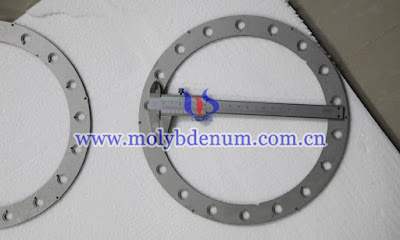To improve the safety and efficiency of technology and minimize the impact on the environment, the realization of this goal often directly depends on the development of materials. Hot isostatic pressing (HIP) has been at the forefront of this field for decades. Recent technological advances have improved the production efficiency of parts manufactured by HIP technology and reduced costs. Molybdenum metal parts are critical to HIP furnace performance.
HIP is an economical and effective method to improve material properties such as toughness and fatigue life, which can improve the safety and reliability of materials and components, extend their service life, and reduce the risk of failure during operation. It can even repair parts that are already in use but have some internal damage. For example, turbine blades form pores during operation, and these pores can be closed by the HIP process to restore them to normal and put them back into use.
Why molybdenum is important?
The melting point of molybdenum is as high as 2623°C, it has high strength at high temperature, and the cost is lower than other materials. It is the material of choice for hot isostatic pressing. Heating elements, heat shields, furnace racks and other internal equipment are mainly made of molybdenum alloy.
The new HIP furnace has the functions of heat treatment and rapid cooling. It uses a thermal cycle. Due to the existence of thermal expansion stress, pressure is inevitably generated on the heating element and other internal components. Molybdenum has a low thermal expansion coefficient and high thermal conductivity. The combination of the two can minimize the thermal cycle stress and make these complex HIP furnaces have a long service life.
With the rapid increase in the demand for HIP processing and the acceleration of turnaround time, heat treatment companies have also begun to set foot in this industry. However, as AM gradually develops to produce more parts at the same time, it is expected that large vessels with high pressure heat treatment capabilities will be required in the future. Molybdenum has been supporting the development of HIP technology and will continue to play its important role as the industry develops.








